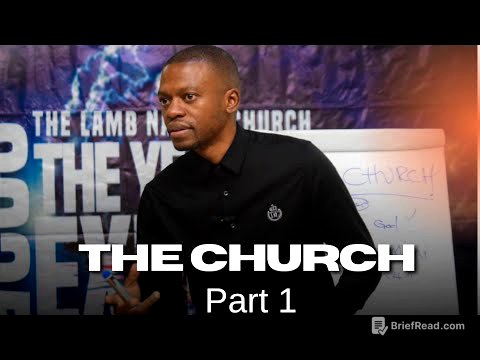TLDR;
This session provides a foundational understanding of HR analytics, covering its definition, the types of questions it can answer, and the various types of analytics used. It emphasises the importance of starting with descriptive analytics before moving to more complex methods and highlights the tools and techniques associated with each type. The session also discusses the difference between HR Management Information Systems (HRMIS) and HR analytics, and introduces the LAMP model and HR scorecards as frameworks for effective implementation.
- HR analytics encompasses HR analytics, people analytics, and workforce analytics.
- Six core HR functions: recruitment, selection, learning, development, performance management, and compensation.
- Four types of analytics: descriptive, diagnostic, predictive, and prescriptive.
- LAMP model: Logic, Measure, Process, Decision.
Introduction to HR Analytics [0:25]
The session begins by clarifying that HR analytics, people analytics, and workforce analytics are synonymous. It highlights the six core functions of HR: recruitment, selection, learning (or training), development, performance management, and compensation. HR managers make decisions related to these functions, and the course will cover basic metrics for managing each function effectively. The speaker advises HR managers to identify the key questions they need to answer in their daily work, such as how many candidates to attract for vacant positions or what skill levels are required for employees.
Questions HR Analytics Can Answer [1:08]
HR analytics can answer questions about what has happened, why it is happening, where it is happening, how it is happening, and the underlying causes. For example, if recruitment is effective, HR analytics can identify the reasons, such as a high number of applications received. Similarly, if selection is effective, it can be attributed to the quality of hires.
Types of Analytics [1:20]
There are four types of analytics: descriptive, diagnostic, predictive, and prescriptive. The course primarily focuses on descriptive analytics. Descriptive analytics answers what has happened and what is happening. Diagnostic analytics explains why something happened. Predictive analytics forecasts what will happen in the future. Prescriptive analytics determines the optimal course of action. It's recommended to implement descriptive statistics before moving to diagnostic, predictive, and prescriptive analytics due to increasing complexity and the need for statistical knowledge, data capabilities, and transformation skills.
Tools and Techniques for Descriptive Analytics [13:28]
Descriptive analytics involves tools such as averages, standard deviation, variance, mode, simple counts, ratios, and percentages. For example, calculating the average age of employees can indicate how young a department is. Standard deviation helps identify outliers and the degree of variation in data. Visualisation tools for descriptive analytics include histograms, pie charts (for proportions), and bar graphs (for showing data across departments or categories).
Diagnostic Analytics [20:27]
Diagnostic analytics answers questions about why certain observations occur and where they occur. It examines the relationships between variables and the strength of these relationships. Tools and techniques used include correlation, regression, Analysis of Variance (ANOVA), t-tests, factor analysis, cross-tabulation, principal component analysis, and correspondence analysis. Visualisation methods include scatter plots, regression plots, plots of residuals, box plots, and multiple density curves.
Predictive Analytics [25:31]
Predictive analytics forecasts future outcomes using tools such as regression analysis (linear, curvilinear, logistic), decision trees, random forests, and discriminant analysis. Visualisation tools include line charts, scattergrams, and correlation plots.
Prescriptive Analytics [27:10]
Prescriptive analytics requires a high level of statistical knowledge, operational research skills, and mathematical modelling. It is used to determine the optimal number of resources needed for a specific outcome, such as the number of HR managers required to hire a certain number of employees.
Difference Between MIS and HR Analytics [27:47]
HR Management Information Systems (HRMIS) serve as the source of raw data, providing information on employee demographics and other details. HR analytics processes this raw data using HR metrics to make meaningful decisions. HR analytics connects HR processes and decisions with organisational performance, offering more than just data.
How HR Analytics Works: LAMP Model and HR Scorecard [29:47]
The LAMP model (Logic, Measure, Process, Decision) is crucial for effective HR analytics. Logic involves understanding the relationships between variables. Measure involves developing HR metrics. Process involves analysing the data. Decision involves making informed choices based on the analysis. HR scorecards link HR initiatives to business processes and outcomes, showing how HR activities impact business performance and profitability.
Implementing HR Analytics Successfully [33:37]
Successful implementation of HR analytics requires analytical skills among HR professionals, a robust HRMIS for data capture, and basic knowledge of data analytical tools and techniques. The outcomes of HR analytics include a better understanding of the relationships between HR processes and business outcomes, with HR metrics serving as key measures of HR outcomes.









